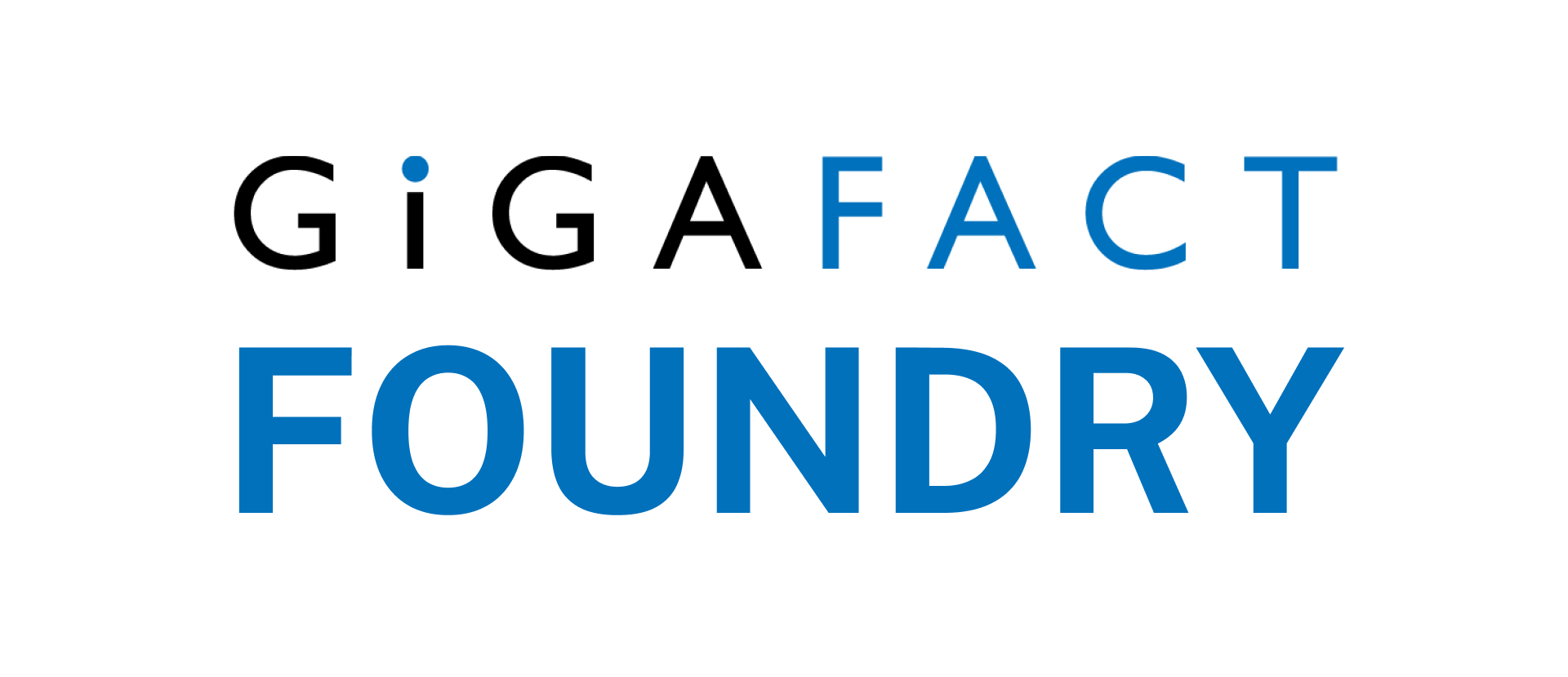Saturday, Sep. 19, 2020
Is 80% of the world’s biodiversity found in Indigenous lands?
While the territory and practices of Indigenous Peoples continue to be key in conserving biodiversity, this percentage is a misinterpretation.
An article published Sept. 4, 2024 in the journal Nature found the number’s origin to be a 2001 analysis estimating the proportion of the world’s ecological regions inhabited by one or more Indigenous peoples. Subsequent publications, such as that of the UN and World Bank Report, misreported the number to signify a measure of global biodiversity, not human population distribution.
There is no single precise measure of biodiversity, a concept defined by varied standards within and between species, and of ecosystems overall. In addition to biodiversity eluding numerical or mappable counts, there are also significant knowledge gaps on geographical distributions and species not yet named.
Indigenous scientists and activists have called for the global conservation community’s partnership with Indigenous Peoples and knowledge, recognizing their rights to land and conservation leadership.
Editor’s note (9/17/2024): A previous version of this fact brief published on 9/19/2020 was retracted due to poor sourcing and an inaccurate answer. This brief has been rewritten and republished on 9/17/2024 to rectify these issues.
This fact brief is responsive to conversations such as this one.
Sources
About fact briefs
Fact briefs are bite-sized, well-sourced explanations that offer clear "yes" or "no" answers to questions, confusions, and unsupported claims circulating online. They rely on publicly available data and documents, often from the original source. Fact briefs are written and published by newsrooms in the Gigafact network.
See all fact briefs
Between 2020 and 2022, under close editorial supervision, Gigafact contracted a group of freelance writers and editors to test the concepts for fact briefs and provide inputs to our software development process. We call this effort Gigafact Foundry. Over the course of these two years, Gigafact Foundry writers published over 1500 fact briefs in response to claims they found online. Their important work forms the basis of Gigafact formats and editorial guidelines, and is available to the public on Gigafact.org. Readers should be aware that while there is still a lot of relevant information to be found, not all fact briefs produced by Gigafact Foundry reflect Gigafact's current methods and standards for fact briefs. If you come across any that you feel are out of date and need to be looked at with fresh eyes, don't hesitate to contact us at support@gigafact.org.
Learn MoreLatest Fact Briefs
Is there a scientific consensus that life begins at conception?
Thursday, Aug. 4, 2022
Do countries around the world subsidize fossil fuels?
Wednesday, Aug. 3, 2022
Is the repeal of Roe v. Wade expected to increase the maternal death rate?
Wednesday, Jul. 27, 2022
